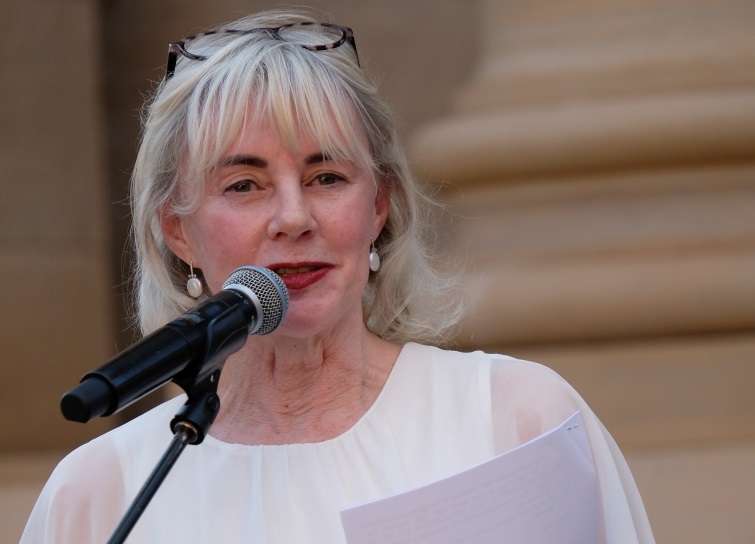According to Moot Court Coordinator Palesa Dingiswayo, “The competition aimed to empower aspiring legal minds by giving them an opportunity to showcase their skills and knowledge in a simulated courtroom setting. The participants had to research, write, and present their arguments on a challenging case involving customary law, constitutional law, and the law of succession. The case was designed to test their understanding of the law, their ability to apply it to complex facts, and their persuasive power in oral advocacy.”
Recognising excellence
The competition presented awards acknowledging outstanding accomplishments, including the Best Heads of Arguments Award (awarded to Larieschka King and Saurav Maharaj from the University of Johannesburg (UJ), bestowed upon the team that crafted the most lucid, succinct, and persuasive written submissions. This accolade honours proficiency in law and the skill to present arguments logically and cohesively. The Best Speaker Award (awarded to Sechaba Mkhaya from the University of Pretoria) recognises the individual who captivated the judges with their eloquent presentation. This distinction celebrates confidence, charisma, and creativity in delivering arguments with flair and finesse. Lastly, the Best Overall Team Award (awarded to Larieschka King and Saurav Maharaj from UJ) went to the team that excelled in both written and oral aspects. This award acknowledges passion, dedication, and commitment to the cause of justice.
Dingiswayo shared insights into what set the finalists apart in terms of their approach, legal acumen, or presentation skills, stating, "According to the feedback from the judges, the overall team demonstrated an extensive understanding of the law relevant to the competition, enhancing their capacity to address related issues based on the given facts. They showcased excellent research skills. The winning team submitted articulate, concise, and well-crafted heads of arguments that meticulously addressed the legal issues at hand. Moreover, they exhibited strong oral advocacy skills in effectively responding to questions."
Preparation is key
Itumeleng Molelengoane, Former Junior Moot Officer and incoming Chairperson of the UFS’s Moot Court organising group Legal Behemoth, provided insight into the competition's success, emphasising the importance of training sessions.
“I provided training and guidance to the junior law students who participated in the competition,” Molelengoane said. “I hosted three training sessions per semester, where they were taught the basics of research and writing skills, oral advocacy, and court etiquette. I also provided them with feedback and tips on how to improve their performance in the weeks leading up to the competition.”
The finalist team
First-year student Omphemetse Sothomela, a member of the UFS team that advanced to the finals, highlighted the difficulties in formulating a strong argument for a party facing unfavourable case law and legislation: “This was challenging because we had to tread carefully on the facts in trying to understand how we could give her case some legal and factual substance. We also had to do all of this while sticking to the facts before us and not fabricating anything – and I think that was quite a challenging task.”
Sothomela expressed gratitude for the real-life experience gained and highlighted the importance of teamwork in moot court competitions.
Siyanda Fojile, another finalist from the UFS Team, discussed the challenge of making sense of vague facts in the case. Fojile highlighted the opportunity to learn about court procedure, the importance of respect in and out of the courtroom, and the value of clear and precise writing. “Appearing in the Supreme Court of Appeal was an opportunity I didn't take for granted. It gave me an opportunity to learn more about how one should carry themselves both inside and outside of the courtroom,” Fojile said.
Participants in the Moot Court Competition also learned about ethics and professional conduct during a talk by the Honourable Judge Lani Opperman of the High Court.
According to the organisers, “The 19th Annual Kovsies First-Year Moot Court Competition not only showcased legal acumen but also exemplified the commitment of the University of the Free State's Faculty of Law to providing transformative experiential learning opportunities for its students.”

Honourable Judge Lani Opperman at the Supreme Court of Appeal.